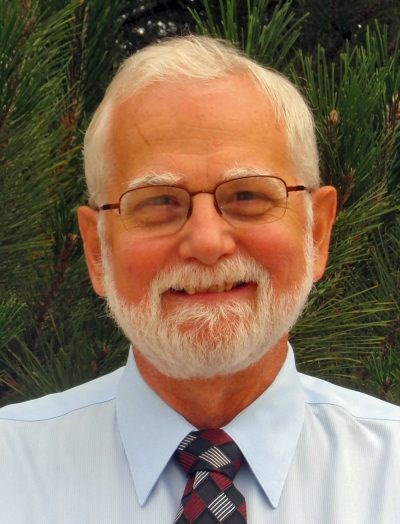This content was originally published by the Longmont Observer and is licensed under a Creative Commons license.
By: Jeff Moore
The Windy Gap November ballot issue will ask voters to decide whether they support the City Council’s decision to approve building storage for Longmont at Chimney Hollow Reservoir for 10,000 acre feet (acft) recommended by the Longmont Water Advisory Board versus the 6,000 acft recommendation by city staff.
Advocates for 6,000 acft are expressing concerns about rate increases of 13% in 2018 and 10% in 2019. They are failing to recognize that rate increases of 9% in both years are already programmed, which equates to additional increases of 4% and 1% respectively. This increase is only on the gallons consumed, not the whole bill. Speaking in dollars versus percentages, the real amount of the monthly increase for the average residential customer is $1.32 for 2018 and $2.12 in 2019. I understand these rate increases will impact budgets of some residents more than others. However, this is a onetime opportunity to secure additional water resources at the lowest cost.
As Council liaison to the Longmont Water Advisory Board, I have listened to many discussions among experts who deal with water issues throughout Colorado, and I understand why the Water Board’s recommendation of 10,000 acft was made. There are many reasons why I support their recommendation.
Having sufficient Windy Gap water storage is lower risk than not having enough water. The greater risk is that additional water infrastructure will need to be developed at significantly higher cost to taxpayers. Surface water available for increasing water supplies will need additional new infrastructure, requiring more rate increases at higher cost. Windy Gap water is of very high quality and can be delivered to our existing treatment facilities without additional treatment.
The 6,000 acft staff recommendation assumes the availability of 3,000 to 5,000 acft of high quality water “traded” under an existing exchange contract with Public Service Company for an equal amount of lower-quality water Longmont owns rights to. That contract can be cancelled with 15 years notice. Since we don’t own this higher-quality water, losing access to it could leave Longmont short of our needs and would require using surface water, a lower-quality, more expensive alternative, for our water supply.
If we only take 6,000 of the 10,000 acft available, the difference of 4,000 acft will be taken by another participant. Longmont should have control of that 4,000 acft rather than another entity, who could use it for fracking. A way to prevent future city councils from leasing this water to others for use in fracking could be via an amendment to the city charter.
With climate change as another factor, there is no guarantee that precipitation and snow melt patterns will follow historic models. Longmont’s native basin water flows are on the Front Range. If precipitation shifts to the Western Slope, or snow melts too rapidly, Longmont could be vulnerable to shortages in times where native basin water is in low supply.
Water estimates are based on assumptions, and are only valid if the assumptions are correct. There are too many uncertainties to project with accuracy what the city’s needs will be in the future. There have been and will be too many unpredictable disruptions in weather and population to assume that projections will not change.
Those who argue that we should base our decision on the 6,000 acft recommended by staff are not looking at this issue with an objective lens. That 2012 study has not been updated with new information from the last 5 years. The additional storage provided at the 10,000 acft participation rate secures redundancy of our water resources and gives us resiliency against natural and manmade disasters.
There are valid reasons to fund this project via bonds rather than a cash payment. Since bond payments continue for 20 years, new residents will help pay for this project. As long there is a bond payment, the Windy Gap Surcharge will continue. This surcharge is placed on new development to offset the cost of new water infrastructure. We lose both sources of revenue if we only firm 6,000 acft.
Firming 10,000 acft is the forward-looking decision for Longmont’s future.
Jeff Moore is a retired engineer and current Longmont city council member representing Ward 2.
This has been an opinion piece that was submitted to the Longmont Observer. It does not represent the views of the Longmont Observer. Have an opinion piece you would like us to publish? Send it to [email protected]



